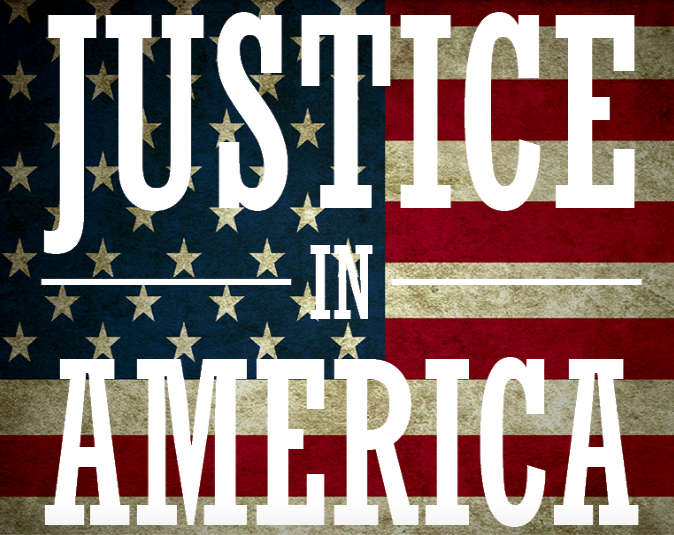EDITOR'S NOTE: The Mayborn Literary Nonfiction Conference, now in its 15th year, has grown into one of the the premier journalistic gatherings in the United States. This year's conference centered around the theme of justice: "how journalists cover issues of justice, race, politics and fairness in everyday life." In addition to today's post from Tom Huang of the Dallas Morning News, we have a collection of take-aways from a first-timer at Mayborn, and a deep-dive interview with Pamela Colloff on writing about true crime.
Nikole Hannah-Jones, the renowned New York Times Magazine writer, and Cheryl W. Thompson, a Pulitzer Prize winning reporter now at NPR, had a stirring conversation about covering race at the 2019 edition of the Mayborn Literary Nonfiction Conference in Grapevine, Texas.
I’m an editor whose mission is to nurture diverse newsrooms, diverse coverage and diverse perspectives, and so I was moved to reflect on how Hannah-Jones and Thompson are driven by a rage — a righteous rage — to do ambitious and courageous journalism. Here are a few of my takeaways:
Rage might be bad for your health, but it can lead to great journalism. Consider Hannah-Jones’ recent New York Times news analysis piece on busing — and her argument that court-ordered desegregation worked.
We each bring our own filters, blindspots and personal experiences to the craft of reporting. That affects how we write about race, and whether we even decide to tackle it. But we all must tackle it.
Our journalistic job is all about precision. We’re told: Seek to use just the right word. But how do we do that in a climate where words are misused or denied, where euphemisms cloud our conversations, where we all need courage to learn and use just the right word? (Check out this story by Jon Allsop, who writes for Columbia Journalism Review, on President Donald Trump’s recent tweets about four Democratic Congresswomen, and whether journalists should use the word “racist” to describe the tweets.)
We're doing something right when our stories make readers uncomfortable. And we need to demand the same thing of ourselves as reporters, editors and photojournalists. When was the last time we left our echo chambers and forced ourselves into discomfort — and, possibly, greater understanding? (For more tips, check out my essay for the Poynter Institute on 10 ways to find stories other journalists are missing.)
Journalists and historians have the opportunity to combat the amnesia that all of us can have around our history. The structures of racism and inequality were built a long time ago. And they persist to this day, even with all the progress we’ve made. Let's study the architecture. (One book I’d recommend is Ronald Takaki’s A Different Mirror, which documents the patterns of oppression that ethnic communities have faced across U.S. history.)
And let's trouble the narrative. Let's recognize that the stories we've been told about race, by our loved ones, by our schools, by our political leaders, by society at large, are most likely too simple, and quite possibly false. Let's always look for the complications that lead us closer to the truth.



